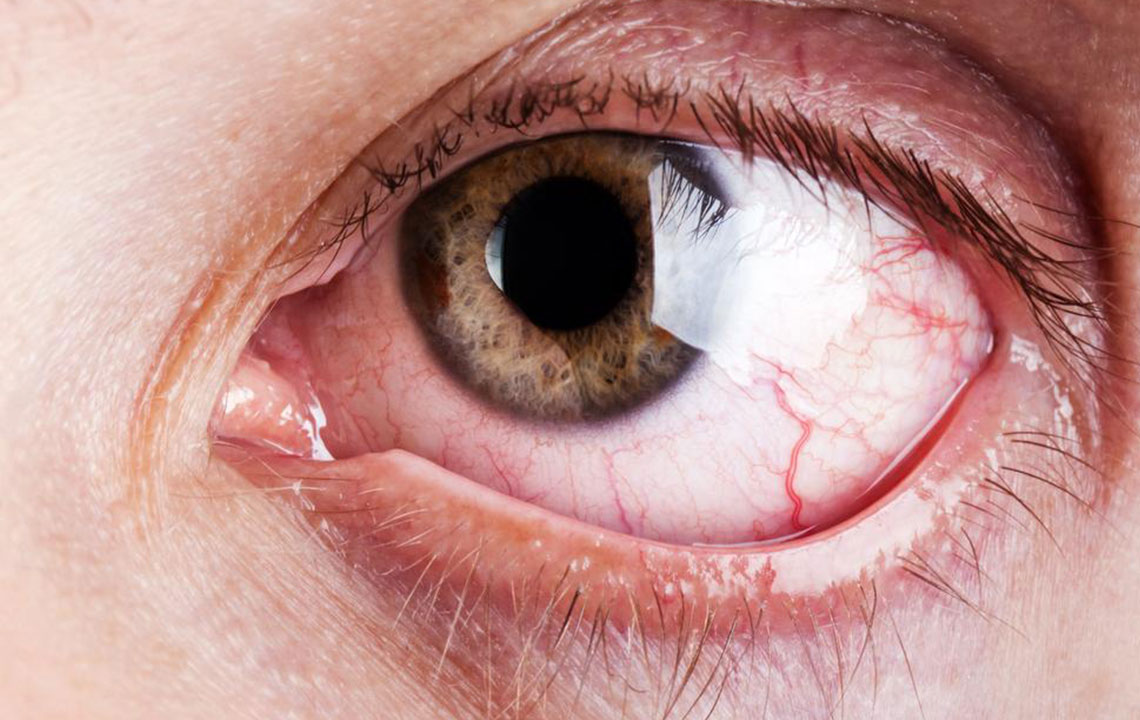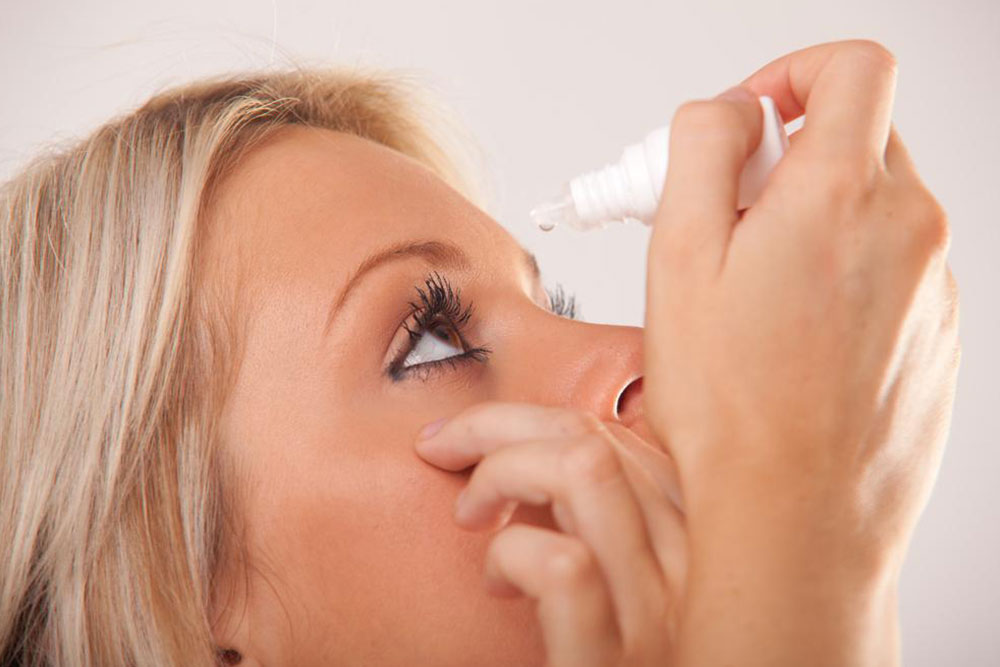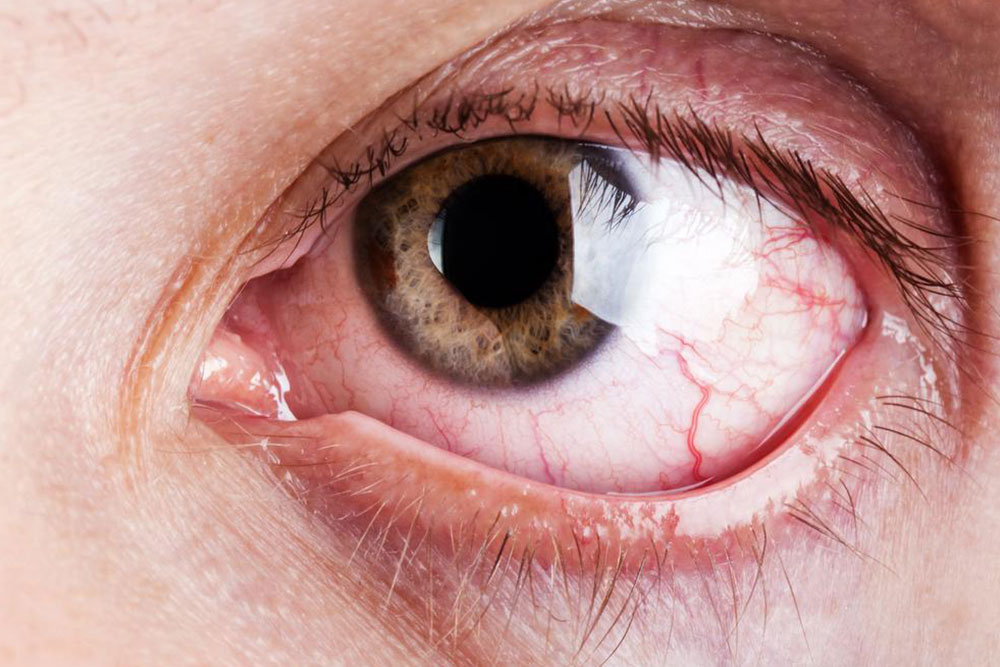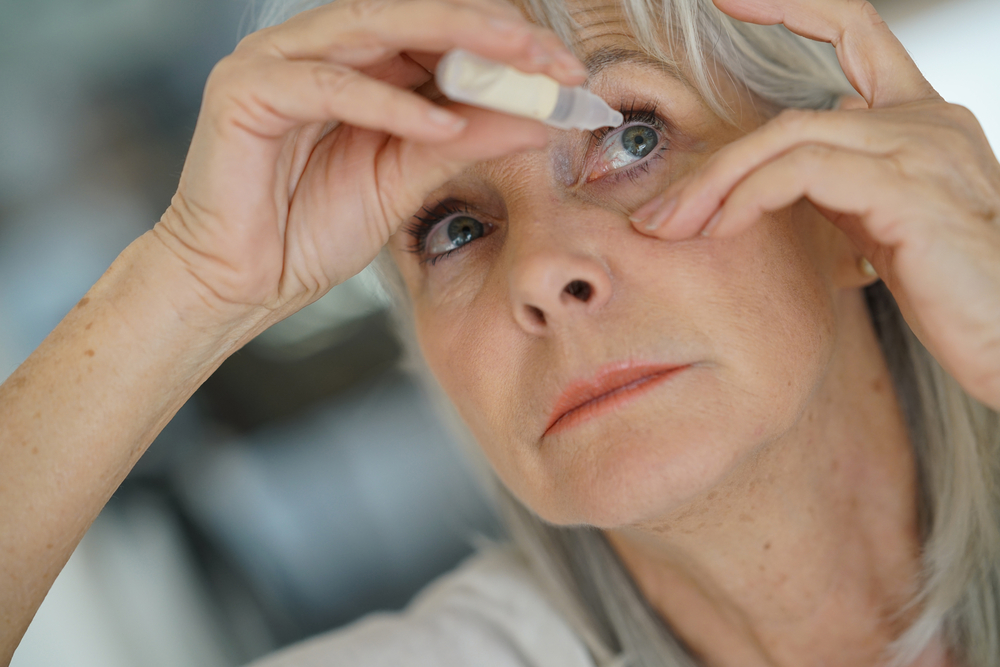Comprehensive Guide to Understanding and Managing Chronic Dry Eye Syndrome
Dry eye syndrome is a common condition characterized by insufficient tear production or rapid evaporation, causing discomfort and vision issues. This comprehensive guide explores the causes, symptoms, and advanced treatments including artificial tears, medicated drops, and device therapies. Lifestyle modifications such as omega-3 supplements and proper eye hygiene are also discussed to help manage symptoms effectively. Early diagnosis and personalized treatment plans are essential for maintaining eye health and preventing serious complications, especially for aging populations and individuals with prolonged screen exposure.

Comprehensive Guide to Understanding and Managing Chronic Dry Eye Syndrome
Dry eye syndrome is a prevalent condition affecting millions worldwide, characterized by a deficiency in tear production or excessive tear evaporation. This leads to persistent discomfort and, in some cases, vision problems. As people age, the likelihood of developing dry eye syndrome increases significantly, making awareness and proper management essential for maintaining good eye health. Understanding the underlying causes, symptoms, and available treatments can help individuals take proactive steps to alleviate symptoms and prevent further complications.
Dry eye disease manifests through a variety of uncomfortable symptoms, including a burning sensation, itching, a feeling of heaviness or soreness around the eyes, redness, light sensitivity, blurred vision, and a sensation akin to having something gritty or sandy in the eye. In some cases, the eyes may appear watery, which is actually a reflex response triggered by dryness, as the body attempts to produce more tears to compensate for the deficiency. However, this paradoxical symptom often confuses those affected, emphasizing the need for proper diagnosis and targeted treatment.
The core causes of dry eye syndrome are often related to the malfunction of the tear film components or glands responsible for tear production. The tear film itself is a complex mixture composed of lipids, aqueous (water), and mucin, each crucial for maintaining eye surface health and clear vision. When any part of this delicate balance is disrupted, symptoms of dryness ensue. Common contributors include underperforming Meibomian glands, which produce the lipid layer to prevent rapid tear evaporation, and lacrimal glands that secrete the aqueous component. Environmental factors such as prolonged screen time, contact lens wear, use of certain medications, low indoor humidity, and exposure to smoke or pollution exacerbate dry eye conditions.
Diagnosis of dry eye syndrome involves a comprehensive assessment of symptoms, medical history, and clinical tests to evaluate tear production and tear film stability. Tests such as Schirmer’s test, tear breakup time (TBUT), and ocular surface staining provide insights into the severity and underlying causes.
Modern treatment options have evolved significantly and aim to restore tear film balance and reduce inflammation. Artificial tears and lubricating eye drops are often the first line of defense, providing immediate relief. For more severe cases, medicated eye drops containing anti-inflammatory agents, such as cyclosporine (Restasis) or lifitegrast (Xiidra), are prescribed to reduce ocular surface inflammation. Additionally, innovative procedures like punctal plugs help retain natural tears by blocking tear drainage. Warm compresses can unclog and support the function of Meibomian glands, improving lipid layer quality. Devices such as Lipiflow® and IPL (Intense Pulsed Light) therapy target gland dysfunction and inflammation, respectively, offering advanced solutions.
Home remedies and lifestyle adjustments play a critical role in managing dry eye symptoms. Incorporating omega-3 fatty acid supplements can enhance tear quality, while maintaining proper eye hygiene, avoiding direct exposure to smoke, and using humidifiers in dry environments can significantly alleviate discomfort. Moreover, taking regular breaks during screen time, practicing blinking exercises, and ensuring proper hydration are essential habits for sustained eye health.
Managing dry eye syndrome requires a multifaceted approach that combines medical treatments with lifestyle changes. Early intervention can prevent the progression of the disease and preserve vision quality. Consulting with an eye care professional is vital for developing a personalized treatment plan that targets individual causes and symptoms, ultimately restoring comfort and preventing serious ocular complications.





